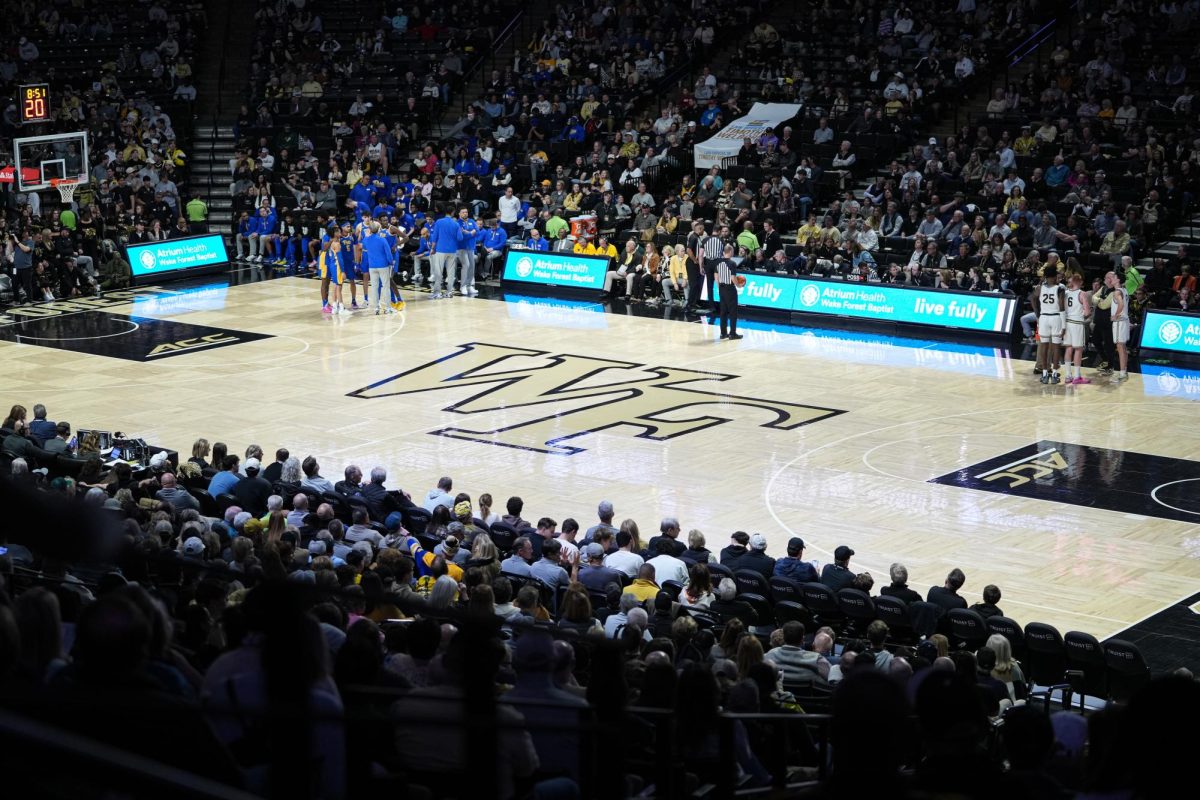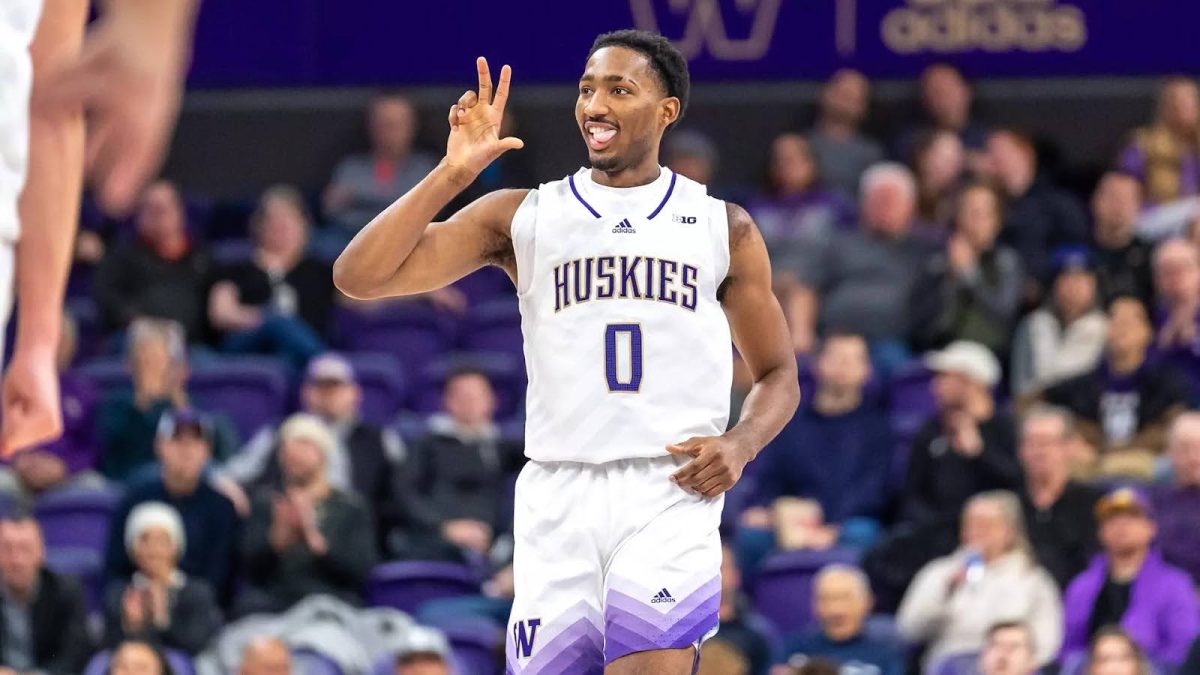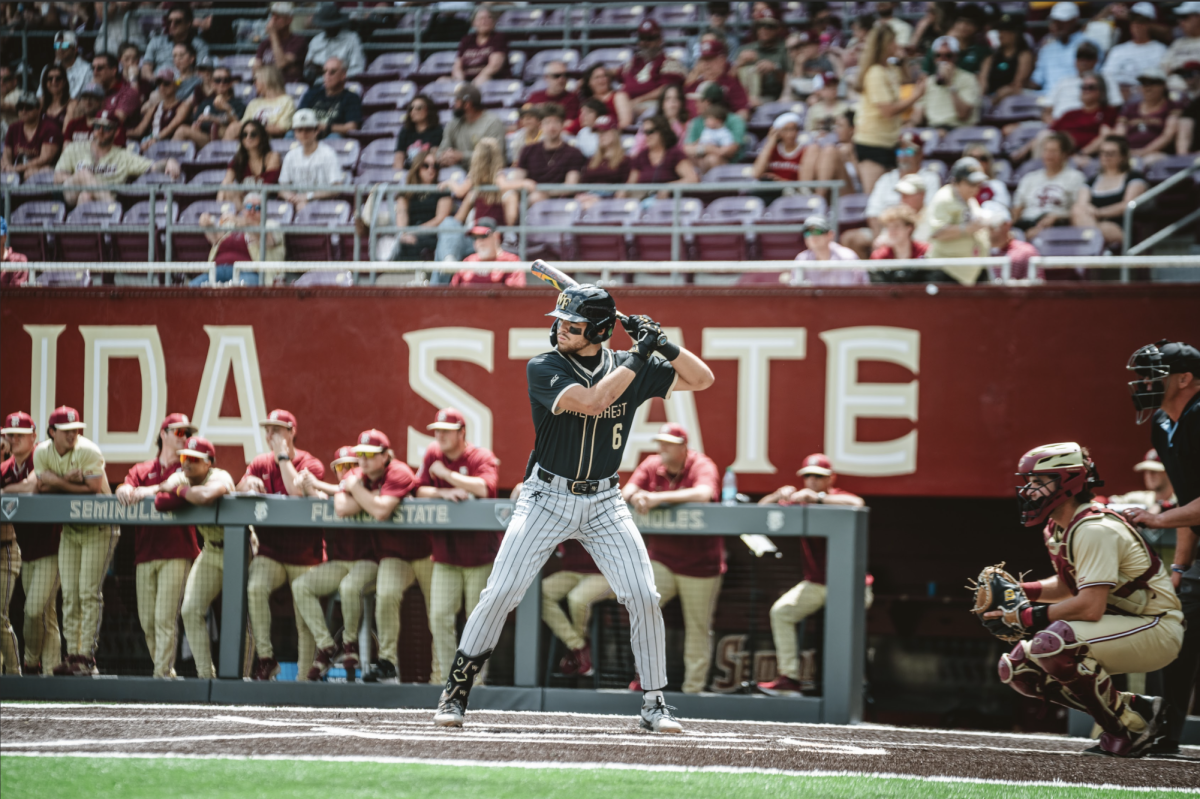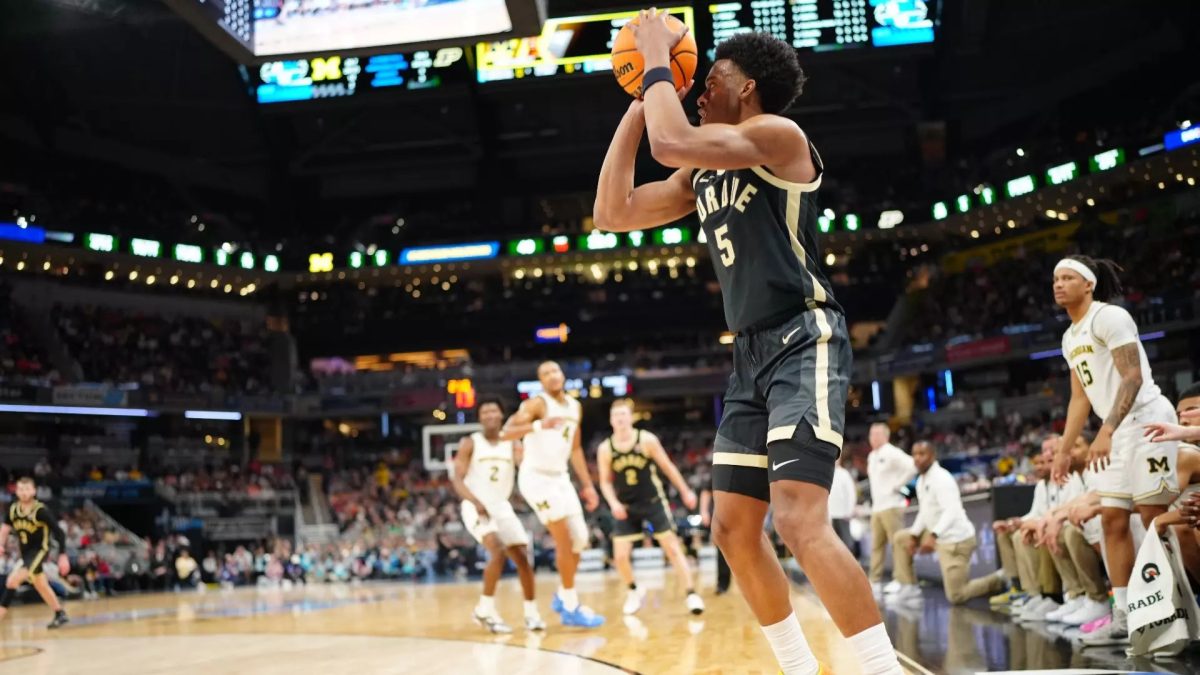This article represents the view of Nat Wiegmann, not the Old Gold & Black.
Despite the excitement that typically defines March Madness, this year’s NCAA Tournament lacked the Cinderella stories and major upsets that make the event so thrilling. Instead, it has exposed deeper issues plaguing the sport. If left unaddressed, these problems could threaten the future of college basketball. In this new era shaped by NIL and the transfer portal, meaningful changes are needed to preserve the competitiveness and unique charm of the college game.
NIL (Name, Image and Likeness) was first implemented in college sports in summer 2021. It was created with the intent of allowing college athletes to profit off of their name through brand sponsorships, advertisements, social media deals, autograph signings and other marketing opportunities.
What began as a way for athletes to capitalize on their success has, in many cases, turned into a pay-for-play model, where schools and booster collectives use NIL as a recruiting tool, offering financial incentives to lure top talent. This has created major issues that put large institutions at a significant advantage when recruiting and retaining players.
However, these issues can be addressed through smart reforms. First, there needs to be a cap on how much a program can spend annually on NIL-related compensation. While smaller schools will never have the same financial power as major programs, a cap would at least narrow the gap, giving them a better shot at competing and succeeding on the biggest stage.
Second, the current system needs greater transparency and structure. Currently, NIL deals are often informal and short-term, with little consistency from year to year. Players can bounce from school to school based purely on who offers the best deal, making it difficult for teams to build continuity. Implementing standardized, contract-based agreements—ideally, multi-year deals—would not only bring stability to rosters but also reduce the constant turnover driven by the transfer portal.
It would also provide better protections for both players and schools, helping to prevent misunderstandings, broken promises, or exploitative situations where unrealistic or misleading offers lure athletes.
Clear contract terms would ensure that athletes understand exactly what they’re committing to and what they’ll receive in return, while schools could plan their rosters with greater certainty. This kind of structure would also help restore trust in the system and reduce the chaos of the current NIL landscape.
Another necessary change to reduce excessive player movement is reinstating the rule that requires athletes to sit out a year if they transfer a second time. With exceptions only in specific cases such as a coaching change or a successfully granted waiver.
The current system, which allows players to transfer freely and immediately multiple times, has led to a revolving door of rosters and has eroded team identity and development. Reintroducing the sit-out year for second-time transfers would encourage players to make more thoughtful, long-term decisions when choosing a school rather than treating each season as a bidding war.
If college basketball wants to preserve what makes it special, it must evolve with care. The rise of NIL and the transfer portal doesn’t have to ruin the game, but without thoughtful regulation, they very well could. Implementing smart, balanced reforms can help protect the integrity of the sport while still allowing athletes to profit from their name. This way, the madness of March can continue to be about buzzer-beaters and underdog runs, not just money and movement with the top teams dominating everyone else.










